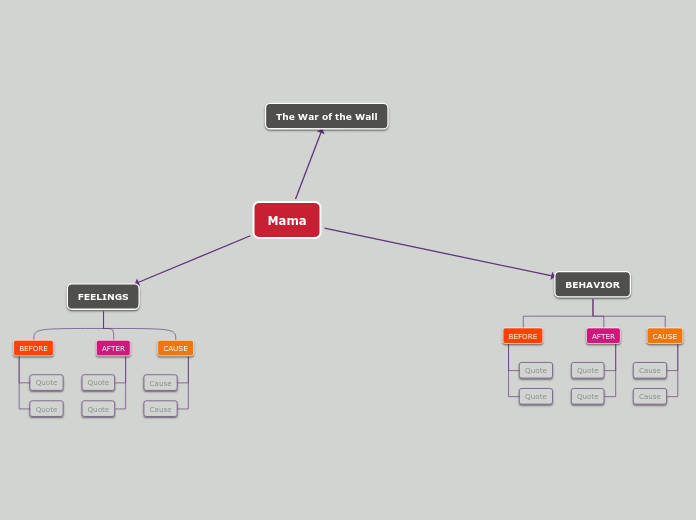realizată de Jorge Armando Hernandez Cervantes 6 ani în urmă
170
Clasroom Management
Effective classroom management is essential for fostering an environment conducive to learning. It involves a range of strategies that help teachers minimize disruptive behaviors while encouraging positive actions that enhance educational outcomes.









